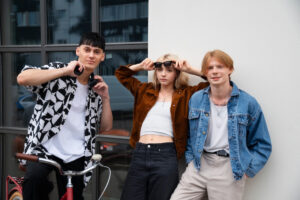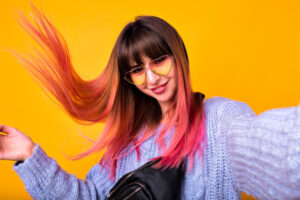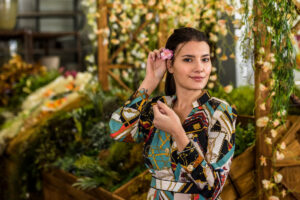The Fashion Blog
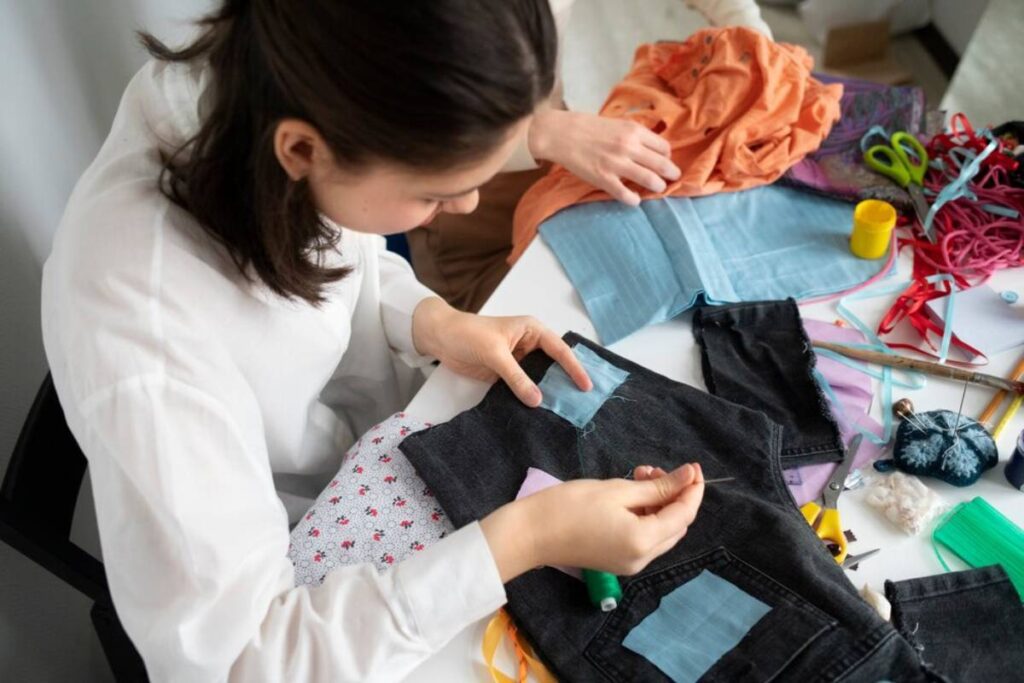
Emerging Eco-Friendly Fabrics Revolutionizing Fashion
The fashion industry has been under fire for its eco-unfriendly footprint. With a flood of water and toxic chemicals and piles of fast fashion garbage, the need for change is more resonant than ever — it’s time for a real glowup. Welcome to the age of sustainable fabrics, which lovingly hold the Earth in one hand while pointing the other toward a responsible, forward-thinking future.
Designers and textile creators are revolutionising their material choices. This transformation springs from consumers’ cravings for transparency and eco-consciousness. The new wave of eco-friendly materials fuses science, sustainability, and stunning style. They offer practical solutions for brands passionate about ethical fashion.
In this article, we’ll illuminate the finest fabrics redefining the industry. Together, we’ll explore their remarkable benefits and the way they’re elevating our clothing standards.
Why Sustainable Fabrics Matter
Before delving into the materials themselves, it’s important to understand why this shift matters. Traditional textile production is among the most resource-intensive industries on the planet.
Key Environmental Concerns:
- Water consumption: Cotton farming alone accounts for 24% of the world’s insecticide use and consumes vast quantities of water.
- Microplastic pollution: Synthetic fabrics such as polyester release microplastics into oceans every time they’re washed.
- Carbon emissions: The fashion industry is responsible for around 10% of global CO₂ emissions.
- Waste: Approximately 92 million tonnes of textile waste is generated annually.
Switching to sustainable fabrics helps brands cut their footprint. It also gives consumers stylish, high-performance options.
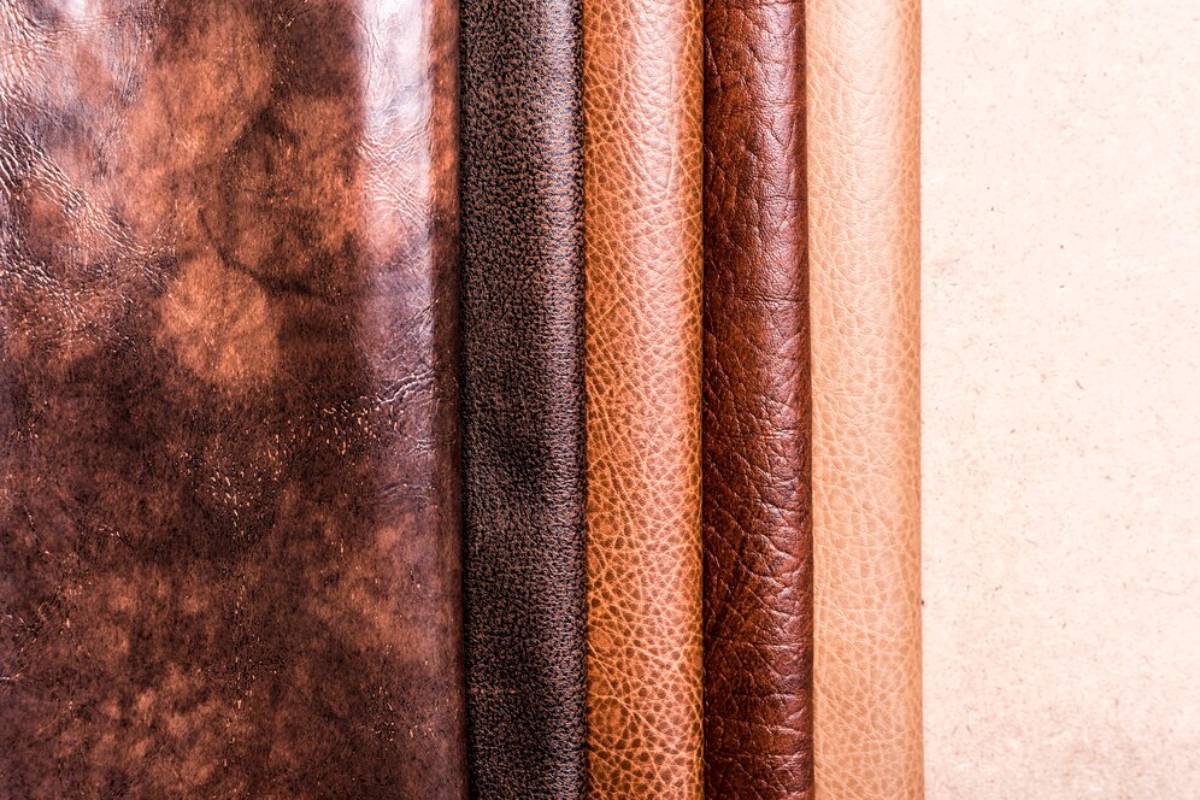
Piñatex: Pineapple Fibre Leather Alternative
Piñatex is made from the leaves of pineapple plants, which are often thrown away. This creates a cruelty-free, biodegradable option for leather. It mimics the look and feel of animal leather while requiring far less water and energy to produce.
Key Benefits:
- Made from by-products, reducing agricultural waste
- Biodegradable and recyclable
- Durable and breathable
Use in Fashion: Popular among vegan brands for shoes, bags, and jackets. Labels like Hugo Boss and H&M Conscious have already adopted Piñatex in select lines.
TENCEL™ Lyocell and Modal
TENCEL™ fibres come from sustainably sourced wood pulp, like eucalyptus, beech, or spruce. They are made using a closed-loop process that recycles water and solvents.
Key Benefits:
- Silky-soft texture and breathable quality
- Fully biodegradable
- Requires significantly less water than cotton
- Excellent colour retention and moisture control
Use in Fashion: Ideal for everything from activewear to formal shirts. Brands like Patagonia, Levi’s, and Reformation use TENCEL™ in their collections. This is part of their commitment to ethical fashion.
Hemp: The Ancient Super Fibre
Hemp isn’t new, but it’s getting renewed interest for its great environmental benefits. It needs little water and no pesticides. It grows quickly, making it one of the most sustainable crops around.
Key Benefits:
- Extremely durable and long-lasting
- Naturally antimicrobial and UV-resistant
- Improves soil health through phytoremediation
Use in Fashion: Once considered rough and rustic, modern processing techniques have made hemp softer and more wearable. It’s now used in everything from denim and basics to high-end tailoring.
SeaCell™: Seaweed-Based Innovation
SeaCell™ is a fabric made by embedding dried, crushed seaweed into a lyocell fibre base. The result is a lightweight, skin-friendly material that also offers natural wellness benefits.
Key Benefits:
- Rich in antioxidants and minerals
- Biodegradable and renewable
- Produced using environmentally friendly methods
Use in Fashion: Commonly used in loungewear, activewear, and underwear thanks to its softness and breathability. SeaCell™ is part of a broader movement towards wearable wellness.
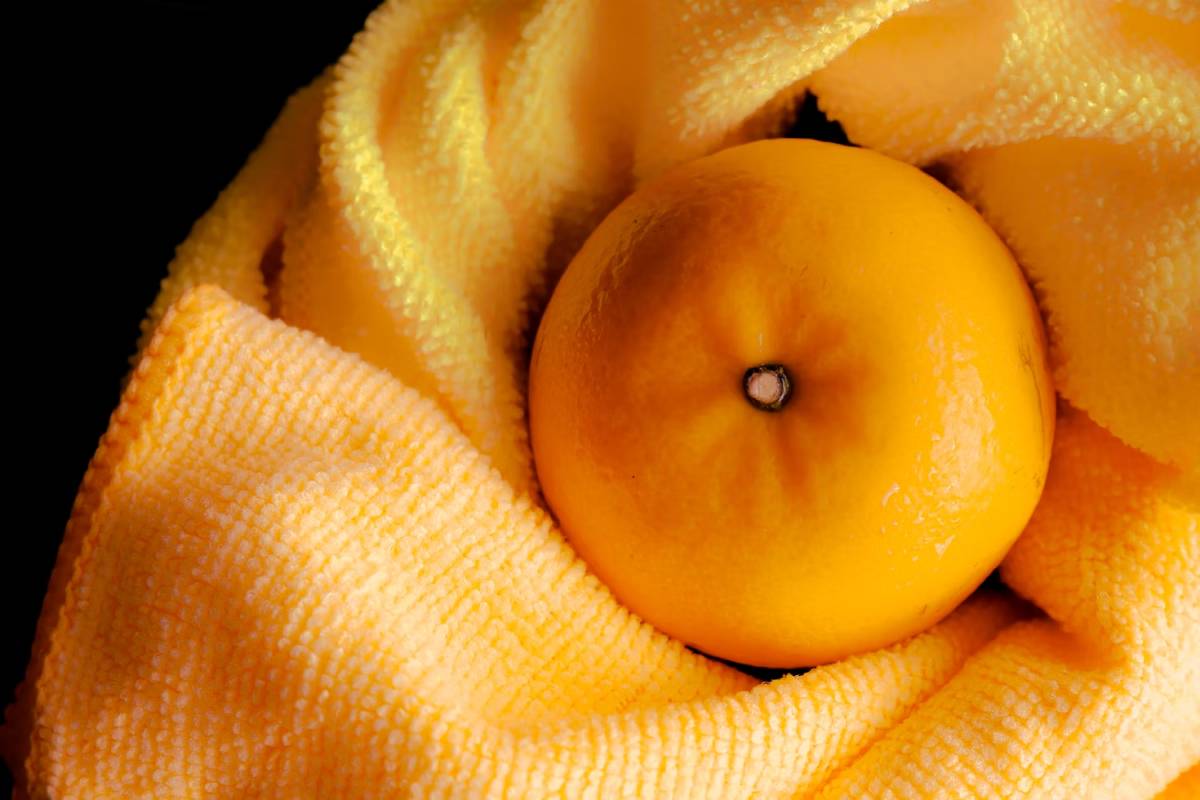
Orange Fibre: Citrus By-Product Turned Silk
Italy’s Orange Fibre turns waste from citrus juice into a soft, luxurious fabric. It drapes nicely and takes dye well.
Key Benefits:
- Made entirely from discarded citrus peel
- Luxurious texture similar to silk
- Fully biodegradable
Use in Fashion: High-end designers like Salvatore Ferragamo have embraced Orange Fibre for its elegance and innovation. It’s well-suited to dresses, scarves, and linings.
Mylo™: Mushroom-Based Leather
Mylo™, created by Bolt Threads, comes from mushroom roots (mycelium). It looks and feels like leather.
Key Benefits:
- Rapidly renewable (grows in days)
- Minimal land and water use
- Soft, pliable, and highly versatile
Use in Fashion: Adidas, Stella McCartney, and Lululemon are among the first major brands to experiment with Mylo™ in footwear and bags, pointing to a significant shift in the leather goods market.
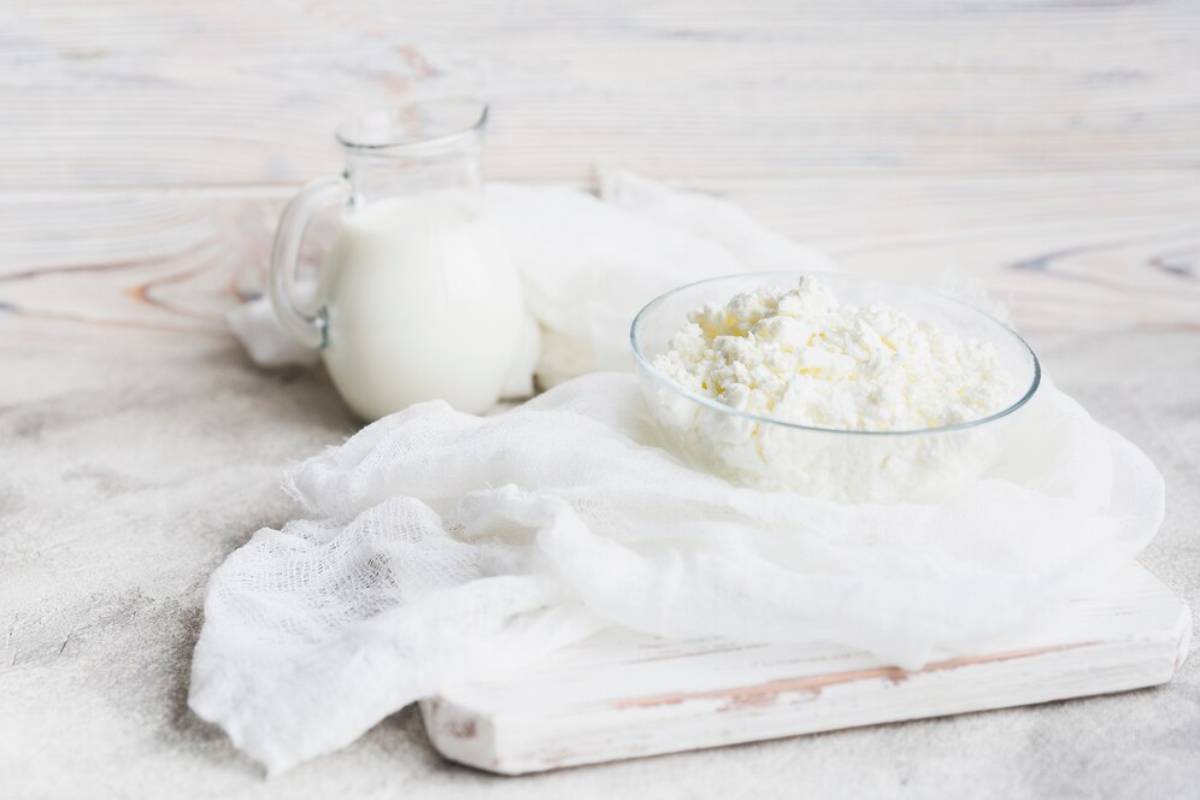
QMILK®: Milk-Based Fabric
QMILK® starts with sour milk that isn’t edible. It turns this waste into a high-performance fibre using a low-energy and zero-waste method.
Key Benefits:
- Naturally antibacterial and skin-friendly
- Thermo-bondable and flame-resistant
- Biodegradable within weeks under composting conditions
Use in Fashion: Primarily seen in premium casual wear and sleepwear. It’s still niche, but it has exciting potential for sensitive skin uses and eco-friendly shoppers.
Recycled PET (rPET): Reimagining Plastic Waste
Recycled PET comes from melting down used plastic bottles. Then, the material is re-spun into fibres. While still synthetic, rPET diverts plastic from landfills and oceans.
Key Benefits:
- Reduces dependency on virgin petroleum
- Lowers carbon footprint
- Creates a closed-loop recycling system
Use in Fashion: Widely used in outerwear and activewear. Brands like The North Face and Girlfriend Collective have shown how rPET can be both functional and fashionable.
Banana Fibre: From Waste to Wearable
Banana fibre comes from the stems of banana plants, which are often thrown away after harvest. This biodegradable and strong material is becoming popular in sustainable design.
Key Benefits:
- Utilises agricultural waste
- Naturally strong and breathable
- Can be blended with other fibres for versatility
Use in Fashion: Increasingly used in accessories like bags, belts, and artisanal textiles. In some regions, it’s also being developed for more mainstream fashion applications.
Designing for the Circular Economy
These eco-materials go beyond being sustainable. They’re part of a larger shift towards a circular fashion economy. This means making clothes that last, can be repaired, and are returned to the earth or recycled into new items.
Circular Design Principles:
- Design for disassembly: Garments made to be taken apart and recycled
- Mono-material construction: Easier recycling when only one fibre type is used
- Take-back schemes: Brands collect and repurpose old garments
As shoppers become more aware, brands that use sustainable fabrics and circular methods will likely lead in ethical fashion innovation.
Challenges Ahead
Despite the promise, emerging eco-friendly fabrics face hurdles:
- Cost and scalability: Many of these materials remain more expensive to produce than conventional fibres.
- Consumer awareness: Education is required to ensure customers understand and value the benefits of these fabrics.
- Standardisation: A lack of industry-wide definitions and certifications can lead to confusion and greenwashing.
Research and growing consumer demand are driving the industry to make lasting changes.
How to Support Ethical Fashion as a Consumer
You don’t need to overhaul your entire wardrobe to make a difference. Supporting ethical fashion can begin with small, intentional changes.
Practical Tips:
- Pick clothes made from certified sustainable materials, like GOTS, OEKO-TEX, or Cradle to Cradle.
- Support brands that are transparent about sourcing and production
- Buy less, but buy better—focus on quality over quantity
- Consider second-hand or upcycled fashion to reduce waste
As consumers want sustainability more, the industry will change to meet those needs.
Redefining What Fashion Feels Like
Fabrics are being engineered from magical materials with names like mushrooms, milk, pineapples, and used plastic bottles. This invention is, indeed, both inspiring and life-saving. Sustainable fashion shows that style and eco-friendliness can go hand in hand. Fashion is changing — one piece of clothing at a time, by way of thoughtful design, responsible manufacturing and informed consumers.
Act now: Dive into your wardrobe, seek out brands using these materials, and join the movement reshaping fashion for the better. The future of fashion isn’t solely about looking fabulous—it’s about making a positive impact, too.




